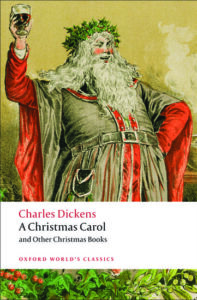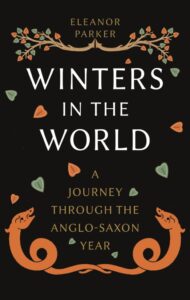In which I fall to musing upon the amount of information an average reader of Charles Dickens’ novels would have been expected to possess in his own time and how it compares to that which could be assumed of us today.

In which I fall to musing upon the amount of information an average reader of Charles Dickens’ novels would have been expected to possess in his own time and how it compares to that which could be assumed of us today.

Launched in 1999 with the publication of “The Biology of Streams and Rivers” by Paul S. Giller and Björn Malmqvist, the Biology of Habitats series from Oxford University Press now includes twenty titles that take up habitats ranging from the deep ocean to alpine areas, and a range of those in between, including such anthropogenic habitats as those found in urban and agricultural areas.

If you’re like me – and my condolences to you if you actually are – you probably enjoy a well-researched list of natural history eponyms. And when it comes to natural history eponyms, bird species are one of the most popular subjects to examine in order to discover the history behind the name and as a result increase one’s overall knowledge about the history of natural history in general and the history of ornithology in particular.

As one who measures the year by more than one calendar, I often find my attention piqued when presented with methods of doing so from the past with which I was previously unfamiliar. Such was recently the case when, whilst listening to the History Extra podcast, I found myself wholly enrapt with Dr. Eleanor Parker’s presentation of her recently published book “Winters in the World; A Journey Through the Anglo-Saxon Year.”